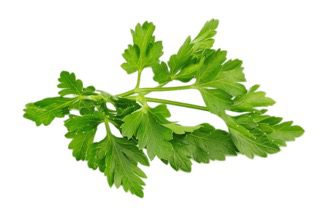

Although chervil is edible for dogs, it is important to avoid foraging this herb in the wild due to its resemblance to poison hemlock. Chervil is a rich source of essential vitamins and minerals, including antioxidants, calcium, and fiber.
Chervil is non-toxic to dogs and promotes healthy digestion due to its significant fiber content. It also contains essential minerals like calcium, manganese, and potassium, which support efficient organ function and metabolic processes. Additionally, chervil’s antioxidants boost the immune system and protect against cell damage caused by free radicals.
It is important to avoid foraging for chervil in the wild, as it is similar in plant profile and morphology to poison hemlock, which is toxic to dogs. While chervil has been used for cooking and as a herbal supplement for humans, there are no direct studies on the suitability of feeding chervil to dogs.
It is always recommended to consult with a veterinarian before using any plant medicinally for your dog.
Chervil is a delicate herb that is commonly used in French cuisine. It has a subtle anise-like flavor and is often used to flavor soups, stews, and sauces. Chervil is rich in vitamins and minerals, and it can be beneficial for dogs if consumed in small amounts. It can help improve digestion and boost the immune system. However, excessive consumption can cause digestive upset, and it is not recommended for dogs with certain medical conditions.
The risks of eating chervil for dogs include digestive upset, vomiting, and diarrhea. It can also cause allergic reactions in some dogs. If your dog has consumed a large amount of chervil or is showing signs of an allergic reaction, such as difficulty breathing or swelling, seek veterinary care immediately.
Safer alternatives to chervil for dogs include parsley and basil, which are both safe for dogs to consume in moderation. A serving idea for chervil is to sprinkle a small amount on top of your dog's food as a garnish. However, it is important to remember to only offer small amounts and to monitor your dog for any adverse reactions.